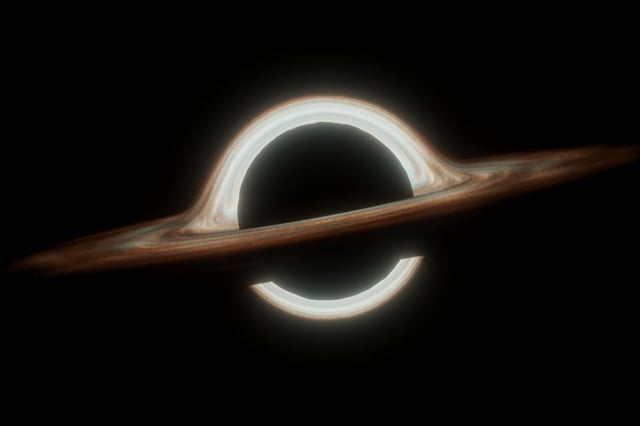Overview
- Bambi’s iScience perspective specifies an approximately 1-gram nanocraft with a 10 m² sail propelled by Earth-based lasers to about one-third the speed of light.
- The mission aims to reach a stellar-mass black hole within 20–25 light-years to collect data on event-horizon physics and test general relativity in extreme gravitational fields.
- No suitable nearby black hole has yet been identified, and current laser arrays and nanocraft technologies fall far short of the trillion-dollar infrastructure required.
- Advances in gravitational microlensing and upcoming sky surveys could uncover closer black holes within the next decade, creating the necessary target zone.
- Even under optimistic assumptions, Bambi projects 60–75 years to transit to the target and another 20–25 years for data return, framing the endeavor as a multigenerational challenge.

